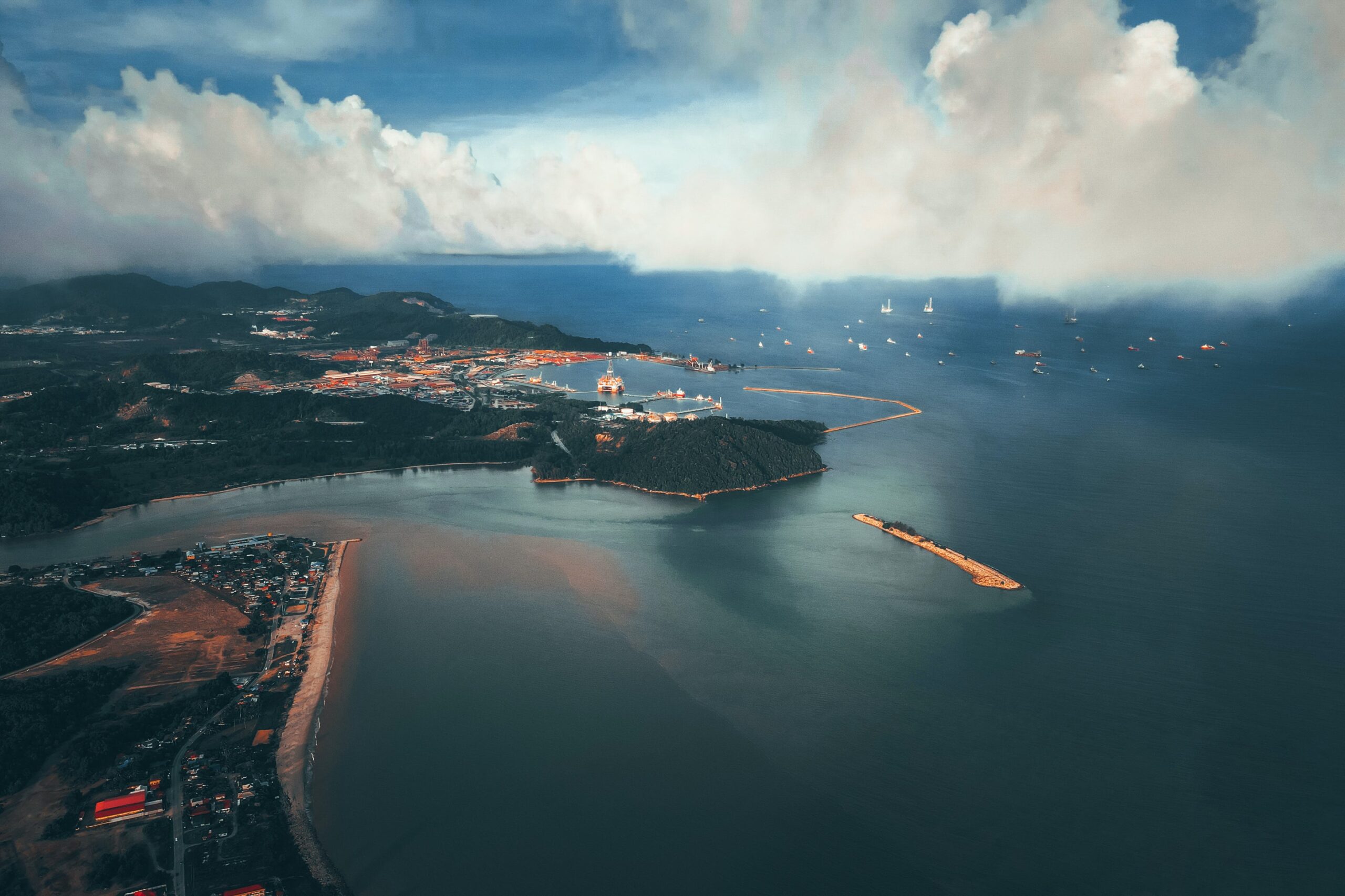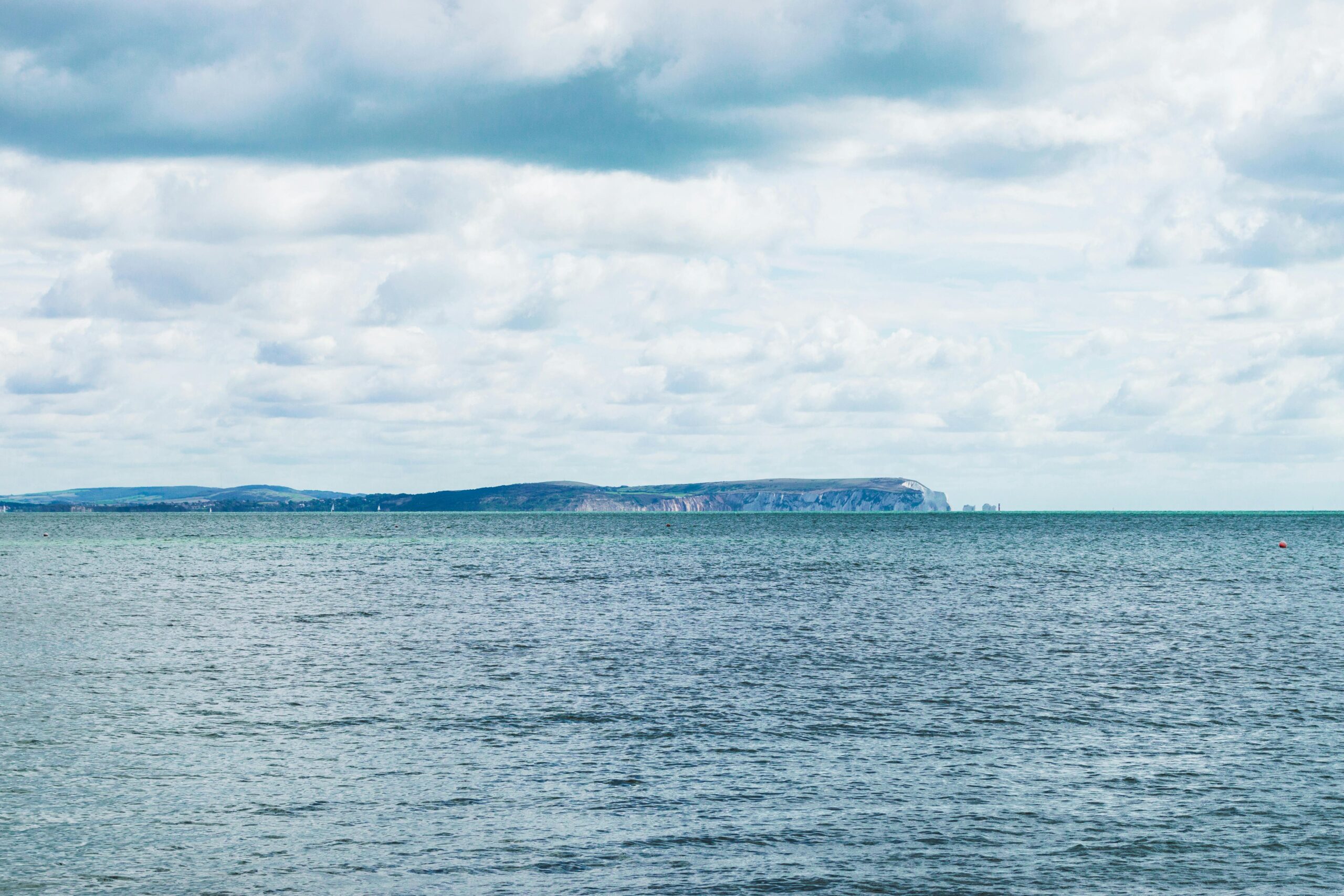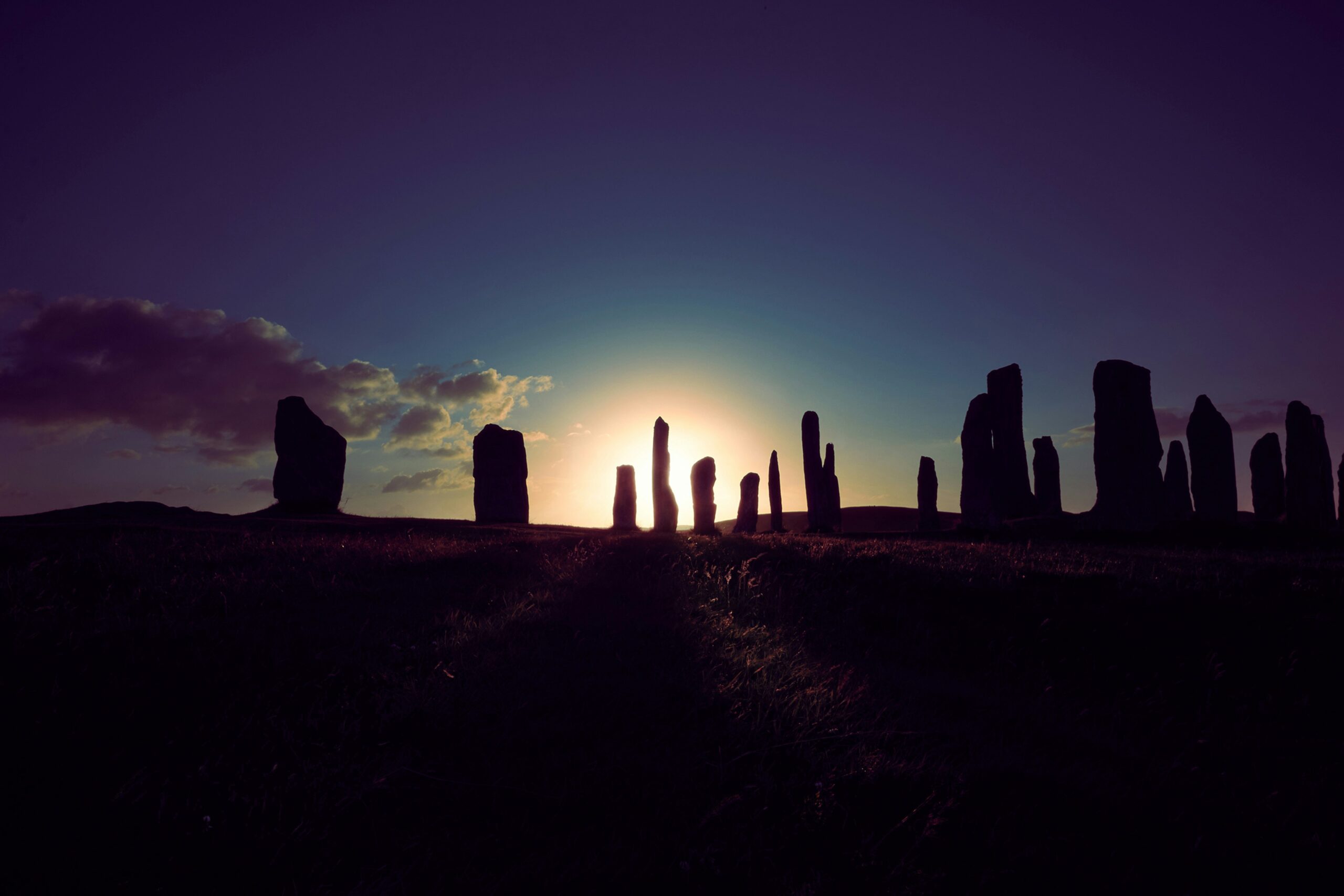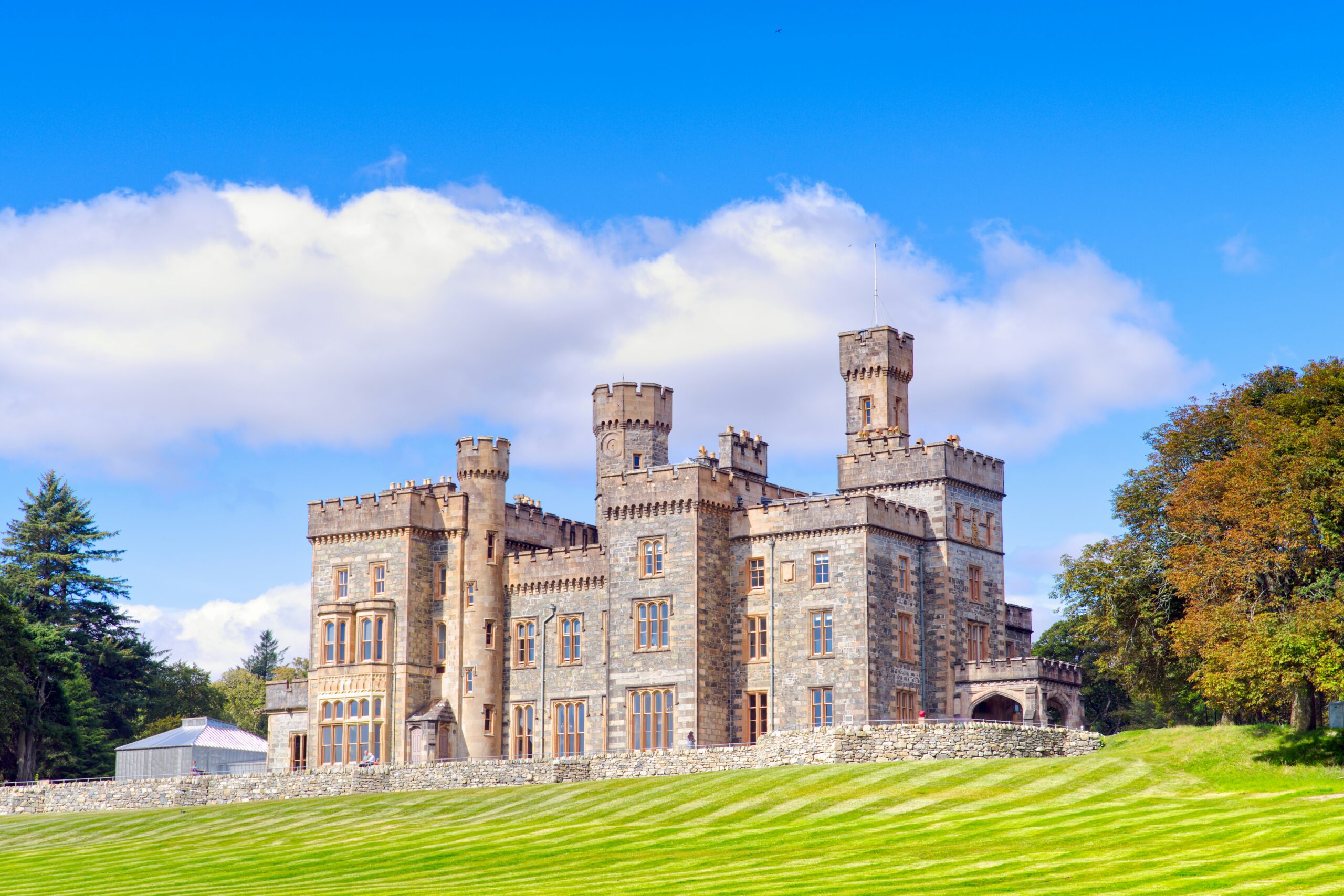The Isle of Lewis is the northern part of Lewis and Harris, Scotland’s largest island of the Western Isles archipelago. Though often referred to as simply “Lewis”, the Isle of Lewis is just the northern part of the island, with Harris covering the south.
Lewis has a long history of human habitation dating back to the Mesolithic era. The Picts inhabited the island until the Vikings arrived in the 9th century. The Norse-Gaelic clan MacLeod has a long history tied to Lewis. Tradition holds that the MacLeods are descended from Leod, son of Olaf the Black, King of Man in the 13th century. Leod’s two sons, Tormod and Torquil, founded the two main branches of the clan: the MacLeods of Lewis and Harris, and the MacLeods of Dunvegan on Skye.
The Isle of Lewis provides a glimpse into Scotland’s past. Dotted with Neolithic and Iron Age ruins, Lewis has one of the largest concentrations of standing stones, brochs, dunns and other ancient monuments anywhere in Scotland. Callanish Standing Stones on the island’s west side comprise one of the most complete sets of standing stones arranged in a circle in all of Britain and date back 5,000 years. The stones are intricately aligned with the movements of the moon and stars. Other ancient sites like Dun Carloway broch, Bostadh Beach timber village, and Cliadhna’s Corran rocks show how early island inhabitants lived.
Stornoway, the island’s capital, provides an urban hub contrasting Lewis’s mostly rural landscapes. Vikings founded Stornoway and grew into an important fishing port and commercial center. Today, the harbor bustles with fishing trawlers, ferries, and small cruise ships. Visiting yachts and pleasure craft fill the marina. The town offers shops, restaurants, services, and an excellent museum and arts center.
A drive around Lewis reveals diverse scenery, from Atlantic windswept beaches to peat bogs and lochs. The coastline alternates between rugged cliffs and long sandy beaches backed by machair – grassy plains formed by seashell-rich sand. Sheep and cattle graze the pastures and moorlands—sections of peat bog blanket parts of the interior, supporting rare plants. Recreational activities range from golfing to fishing, cycling, hiking, and birdwatching.
But the island is most renowned for Harris Tweed production. The world-famous cloth originates in the Outer Hebrides from pure virgin wool dyed and handwoven in islanders’ homes. Lewis and Harris became famous for tweed manufacture back in the 19th century. Today, the Harris Tweed Orb certification mark denotes its authenticity.
Lewis retains a strong Gaelic identity in its culture and language. Residents of the rural districts still speak Gaelic, though English dominates in Stornoway. Various folklore, music, arts and social traditions endure in communities. Peat cutting and weaving demonstrations showcase traditional island life. Several museums depict Hebridean history and heritage. The annual Hebridean Celtic Festival celebrates Gaelic music and culture.
The MacLeod clan figures prominently around Lewis and Harris. Historic MacLeod sites include St Clement’s Church in the town of Rodel where chiefs were buried until the 16th century, and Dunvegan Castle on Skye, the MacLeod’s ancestral seat. Travelers can also visit the Clan Macleod Centre in Stornoway, home to the chief, artifacts and a genealogical resource. Both MacLeod branches maintain strong ties to their islands’ history.
With its rugged beauty, ancient mysteries and enduring cultural traditions, Lewis provides the chance to immerse in the landscapes and heritage of the Hebrides. The MacLeod clan’s long legacy remains interwoven throughout. Visitors will come away with a sense of Scotland’s past and present, seen through the island’s stunning vistas and enduring Gaelic identity.




